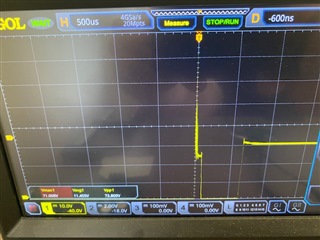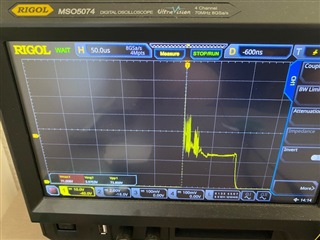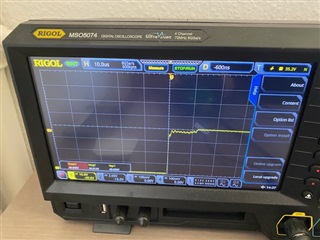Other Parts Discussed in Thread: DRV8320, DRV832X
Hi,
I have a strange behaviour with my new PCB design, which worked very well in the old design.
The schematics are nearly the same for both layouts, except the new layout uses a new MOSFET and more bulk caps, but
the gate charge and all primary parameters are nearly the same:
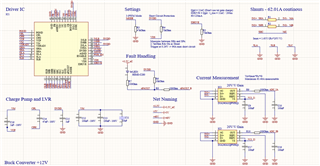
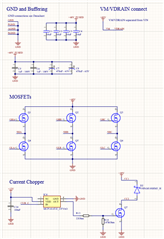
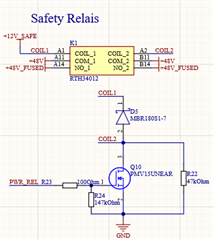
I use a relay to supply the power to the MOSFET stage and this worked very well so far in the old design, when I trigger the relay in the new design,
it destroys the DRV8320 immediately if the supply voltage is above 40VDC (I have 10 boards and I could destroy 8 out of it, surprisingly two work, but the signals to the gates looks pretty bad and at 20A the DRV8320 got a fault). At 20VDC i could not destroy the DRV8320 in the new design. The DRV8320 is destroyed also, when I disable the enable pin, so this seems not to be a problem with the gate drive layout, which is worse in the new design, i know that and I will fix it in the next iteration. I also desoldered the CPL/CPH and VCP cap to ensure, that there is not a shorted capacitor responsible for the problem.
When the relay closes, it sparkels a little bit at the DRV8320 and then the driver is shorted internally, which means VM, DVDD, CPL, CPH, SHx, GHx, GLx are shorted together. I cannot see any significant overshoot at the VM pin. I let everything assemble in China and the same manufacturer made both PCBs and I also checked all the components with the schematics, this should be fine. The DRV8320 on the new board have some different number, so I'm not 100% sure if this is not a fake product, so here is a photo, maybe you can verify:
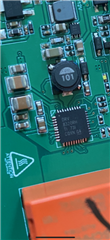
The old (working) layout looks like this (On top it looks like CPL und CPH are shorted, but this is a polygon cutout and it is only depicted so if scrolled out too much):


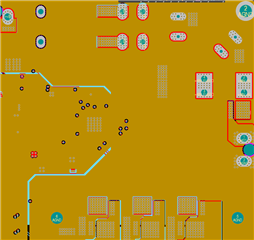
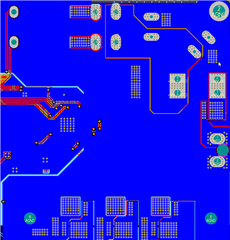
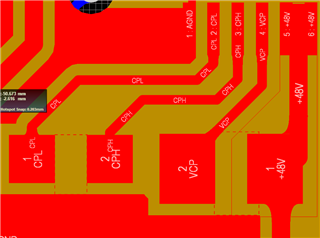
The new (not working) layout like this:


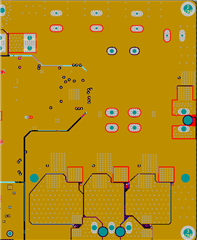
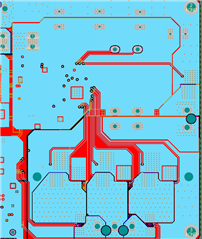
I really don't know what could cause this problem, I would understand it, if it would happen under load, but this is under no load (no motor is connected).
Edit: Something that also might be important is, that the new design is 1oz/2oz and the old design was 0.5oz/1oz for the inner/outer layers


